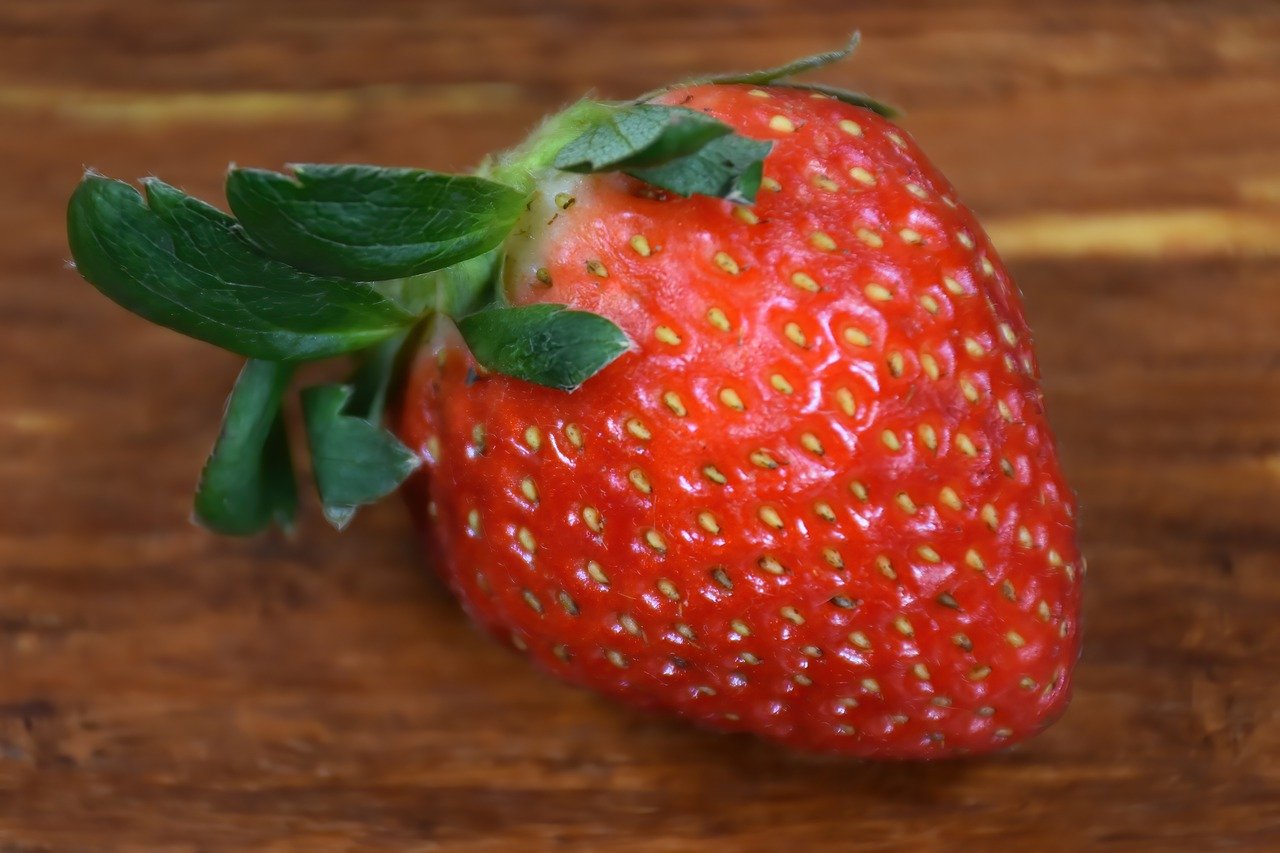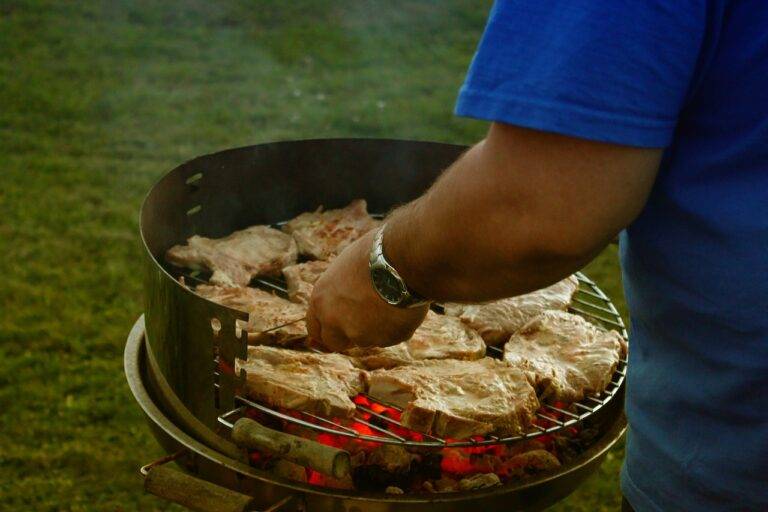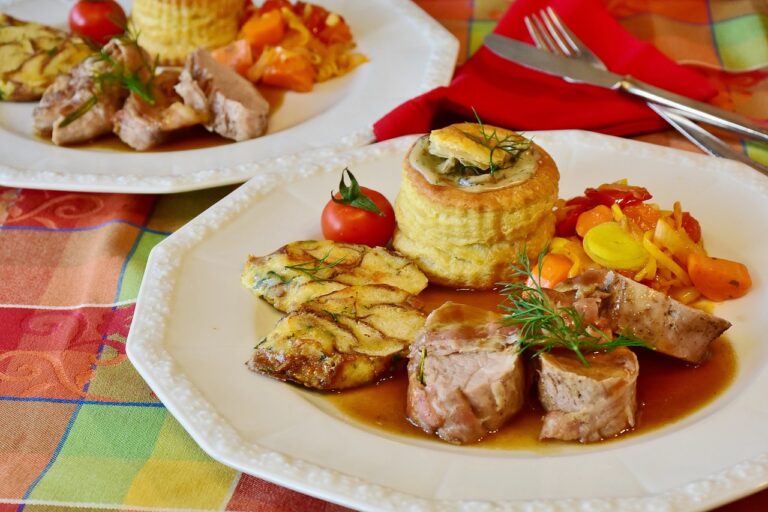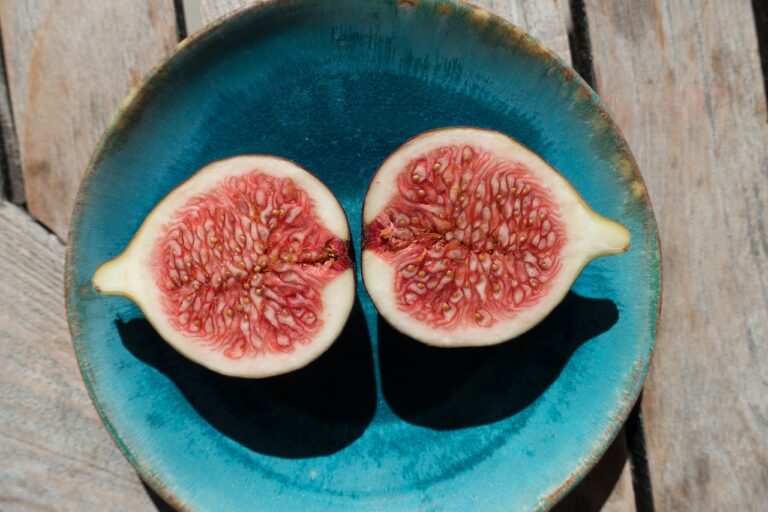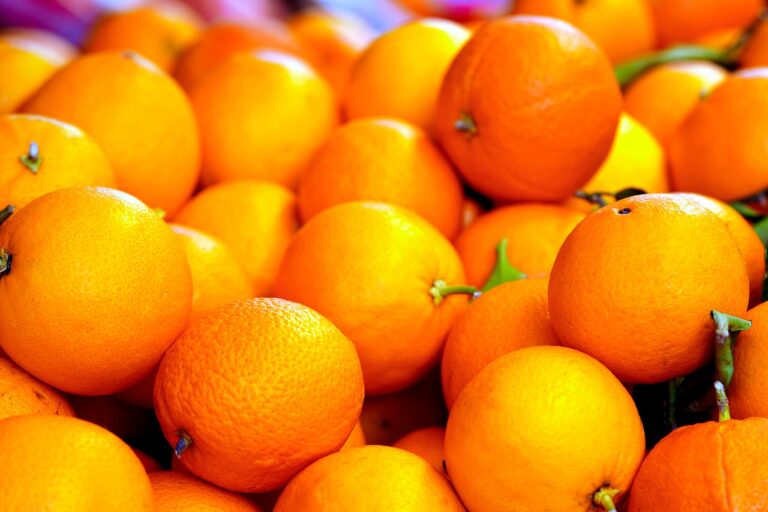The Art of Food Photography: Capturing Culinary Moments in Images
Lighting is a fundamental aspect of food photography that can make or break a shot. The way light falls on a dish can drastically change its appearance, texture, and overall appeal in a photograph. Natural light is often preferred for its soft and flattering quality, creating a more appetizing and inviting image.
When using artificial lighting, it’s essential to consider the color temperature and intensity to ensure that the food looks as natural as possible. Harsh lighting can create unappealing shadows and highlights, while soft, diffused light can enhance the textures and colors of the food. Experimenting with different lighting setups and angles can help achieve the desired mood and highlight the key elements of the dish.
Choosing the Right Background for Food Images
When it comes to capturing enticing food images, selecting the appropriate background is essential. The background serves as the foundation for highlighting the dish and enhancing its visual appeal. Opt for backgrounds that complement the colors, textures, and presentation of the food without overpowering it. A neutral or monochromatic backdrop can help the food stand out and become the focal point of the image. Consider using simple props or utensils strategically placed in the background to add interest and context to the composition.
Experiment with different textures and materials for backgrounds to create depth and visual interest in your food photography. Wooden surfaces provide a warm and rustic feel, while marble or slate can convey a sense of elegance and sophistication. Play around with fabrics, such as linen or burlap, to add a tactile element to the image and create a cozy atmosphere. Remember that the background should enhance the overall mood and aesthetics of the dish, so choose wisely to elevate your food photography to the next level.
Composition Techniques for Stunning Food Photos
When capturing images of food, composition plays a crucial role in creating visually appealing photographs. One essential technique is the rule of thirds, where you divide your frame into a grid of nine equal sections and place your main subject along the grid lines or at the intersections. This helps to create a balanced and dynamic composition that draws the viewer’s eye to the focal point of the image.
Another effective composition technique is to pay attention to the angles at which you shoot your food. Experimenting with different angles, such as shooting from a top-down perspective or getting close to the food at eye level, can add depth and interest to your photos. Play around with perspectives to find the angle that best highlights the textures, colors, and shapes of the dishes you are photographing.
• Experiment with shooting from different angles
• Try shooting from a top-down perspective or at eye level
• Play around with perspectives to highlight textures, colors, and shapes
Why is lighting important in food photography?
Lighting plays a crucial role in food photography as it helps highlight textures, colors, and shapes of the food. Proper lighting can make the food look more appetizing and visually appealing.
How can I choose the right background for my food images?
When choosing a background for food images, consider the color and texture of the food. Opt for backgrounds that complement the colors of the food and provide a contrast to make the food stand out. Simple and neutral backgrounds often work best to not distract from the main subject.
What are some composition techniques for stunning food photos?
Some composition techniques for stunning food photos include the rule of thirds, leading lines, framing, and negative space. Experiment with different angles and perspectives to create visually interesting and appealing compositions.

